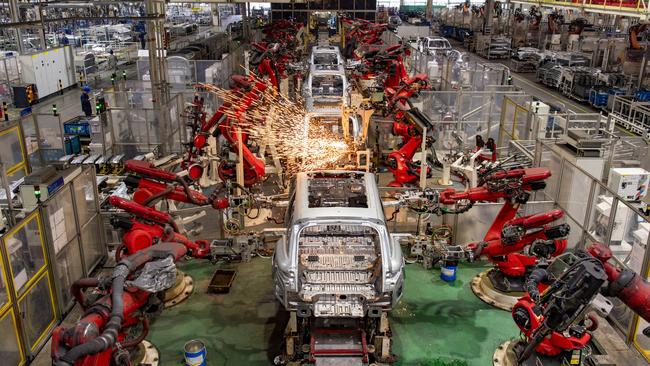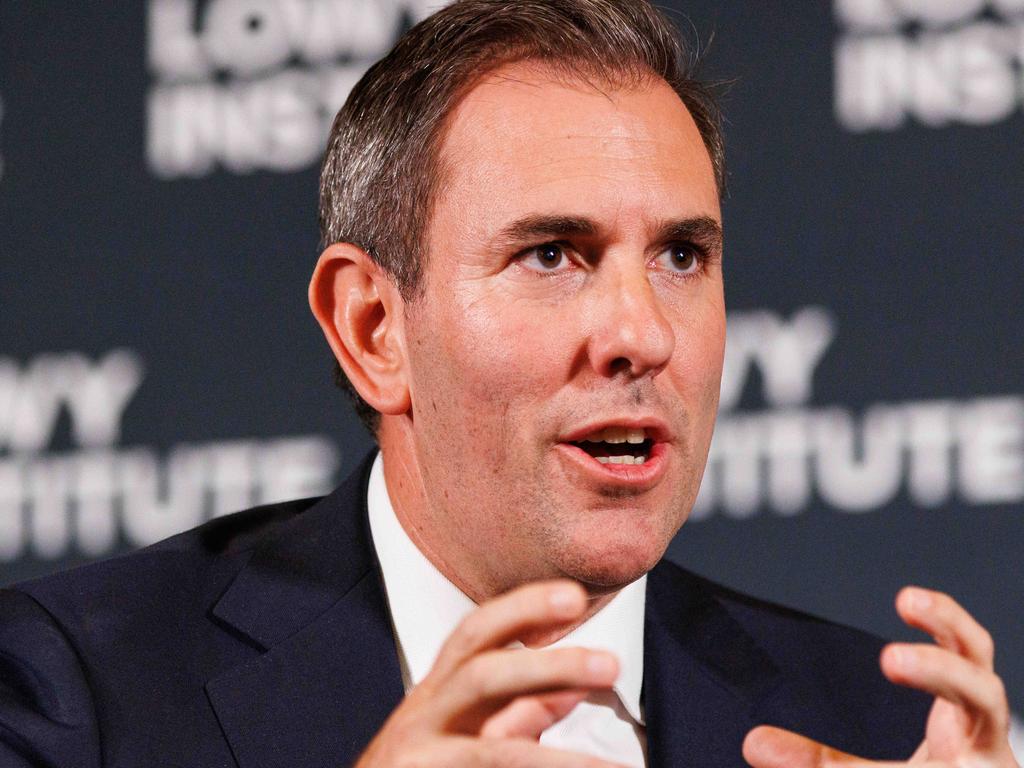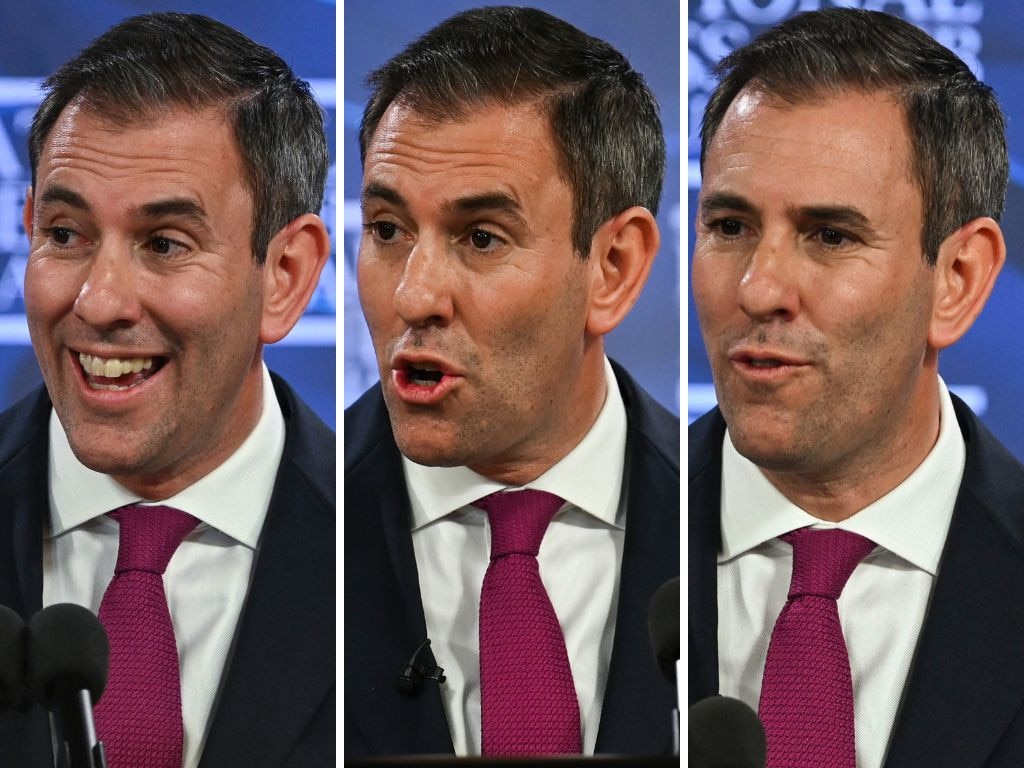
There is no future made in Australia, or much of anywhere else, so long as Beijing weaponises manufacturing; flooding the world with goods so cheap no other economy can compete.
Nowhere is this more acute than in the race to make solar panels and electric cars. Bloomberg estimates that in 2022 China accounted for 91 per cent of the $120bn invested in clean-energy manufacturing worldwide.
The International Energy Agency reports, “China’s share in all the manufacturing stages of solar panels (such as polysilicon, ingots, wafers, cells and modules) exceeds 80 per cent. This is more than double China’s share of global PV demand.”
This massive oversupply has delivered a solar panel glut that pushed 2023 spot prices down by almost 50 per cent year on year. There is no end in sight as the IEA notes the “current manufacturing capacity under construction indicates that the global supply of solar PV will reach three times the current forecast for demand” by the end of this year.
As for the competition, “Despite unprecedented PV manufacturing expansion in the United States and India driven by policy support, China is expected to maintain its 80-95 per cent share of global supply chains.”
The blizzard of cheap electric cars also threatens to bury competitors. The Economist says Chinese government “handouts for electric and hybrid vehicles added up to ($US86bn) in 2016-22”.
Subsidies have helped push Build Your Dreams past Tesla as the world’s best selling electric vehicle maker. Between 2015 and 2020 BYD received $6.5bn in cheap loans and equity. It is now producing the $21,000 Seagull, a price point impossible for other producers to match.
The Alliance for American Manufacturing argues that government-subsidised Chinese EVs “could end up being an extinction-level event for the US auto sector”. This is why the Biden administration this week hit Chinese-made EVs with a 100 per cent tariff.
With its thumb pressed hard on the trade scales, Beijing is expunging competition in some sectors from the international landscape. Start spreading the news, if you can’t make it there you can’t make it anywhere.
This second “China shock” is shaking the world. The first came after China entered the World Trade Organisation. Then, in parts of the US that were directly competing in manufacturing, a million jobs were lost. Another 1.5 million vanished from the communities where industry was shuttered.
While Americans benefited from lower prices overall there was desolation in some regions, mostly the midwest and southeast, and the effects were persistent. Thriving communities withered into poverty. There is a reason for the searing anger at Washington in parts of the US and it is bloodlessly rational. But that is another story.
Analysis of the second China shock led by Brad Setser from the US Council on Foreign Relations calculates Beijing’s manufacturing surplus now stands at about 2 per cent of world GDP, roughly $2.5 trillion. That is bigger than Australia’s economy and “far exceeds the peak surpluses run by export powerhouses like Japan and Germany”.
Highlighting China’s massive subsidy-driven surplus in manufactured exports does not imply that in a free-trade world every country including China would have a balance in its manufactured exports and imports. But any comparative advantage China may have in manufacturing is dwarfed by the Chinese Communist Party subsidies designed to crush international competition.
This presents a wicked dilemma for any government. If you want the cheapest, fastest route to decarbonising your economy then let Chinese solar panels and EVs flood your market. This also would help cut inflation even as it lays waste to domestic industries and increases carbon emissions in China.
If, however, you want a piece of the burgeoning green manufacturing market and would like to stay in office, then block Chinese goods with prohibitive tariffs and try to build a local industry behind the flood walls. This will create some jobs but it will deliver more expensive and probably inferior products. That will drive inflation up and slow down the reduction in domestic emissions.
Australia is not in the carmaking business but has a small footprint in electric buses and recently rolled out $1bn in government support to try to build a solar industry.
Here, let’s record some sympathy for the Albanese government. Its budget bid to throw $22.7bn (over the next decade) at its Future Made in Australia plan is part of a worldwide rush to the green industry barricades. But this is pin money in a game for high-rollers.
In his speech launching the policy, Anthony Albanese listed the countries in the industry policy arms race. There is $500bn in the US Inflation Reduction Act, the EU’s European Economic Security Strategy, Japan’s Economic Security Promotion Act, the Republic of Korea’s National Security Strategy and Canada’s moves to tighten foreign direct investment in its critical mineral reserves.
“All these countries are investing in their industrial base, their manufacturing capability and their economic sovereignty,” the Prime Minister said.
“This is not old-fashioned protectionism or isolationism, it is the new competition”.
Timeless semantics aside, the silence on one player screams from this speech. The Prime Minister name-checked every major subsidy program except the one that rules them all: the one made in China.
Each of the countries he named is reacting to Beijing’s deliberate subversion of the world marketplace. And many have made pointed statements about the method behind their madness by taking aim at China. But here the price of trade peace seems to be Beijing never has to say it’s sorry and Canberra dutifully says nothing.
Not so US Treasury Secretary Janet Yellen, who accused China of using its “state-owned enterprises and domestic private firms to dominate foreign competitors”.
She took it one step further, saying, “This strategy has been coupled with aggressive efforts to acquire new technological know-how and intellectual property including through IP theft and other illicit means.”
In passing, lest anyone argue that China is somehow doing the planet a favour, let’s note that while it dominates green manufacturing it burns 54 per cent of the globe’s coal. It was issuing permits for coal-fired power plants at the rate of two a week in 2022 and accounts for 35 per cent of global carbon emissions. So if the intent of this green trade war is to cut emissions then the logic is missing in action.
Albanese says Australia needs “sharper elbows” when it comes to marking out our national interest. So, perhaps, someone in government should stick out an arm and coathanger Beijing over its manufacturing subsidies when its Premier tours here in June.
Because without dramatic change this government’s green dream is a Build Your Own Nightmare.








The image of Chinese solar panels being used to build garden fences in Germany should deepen the winter chill in Canberra.